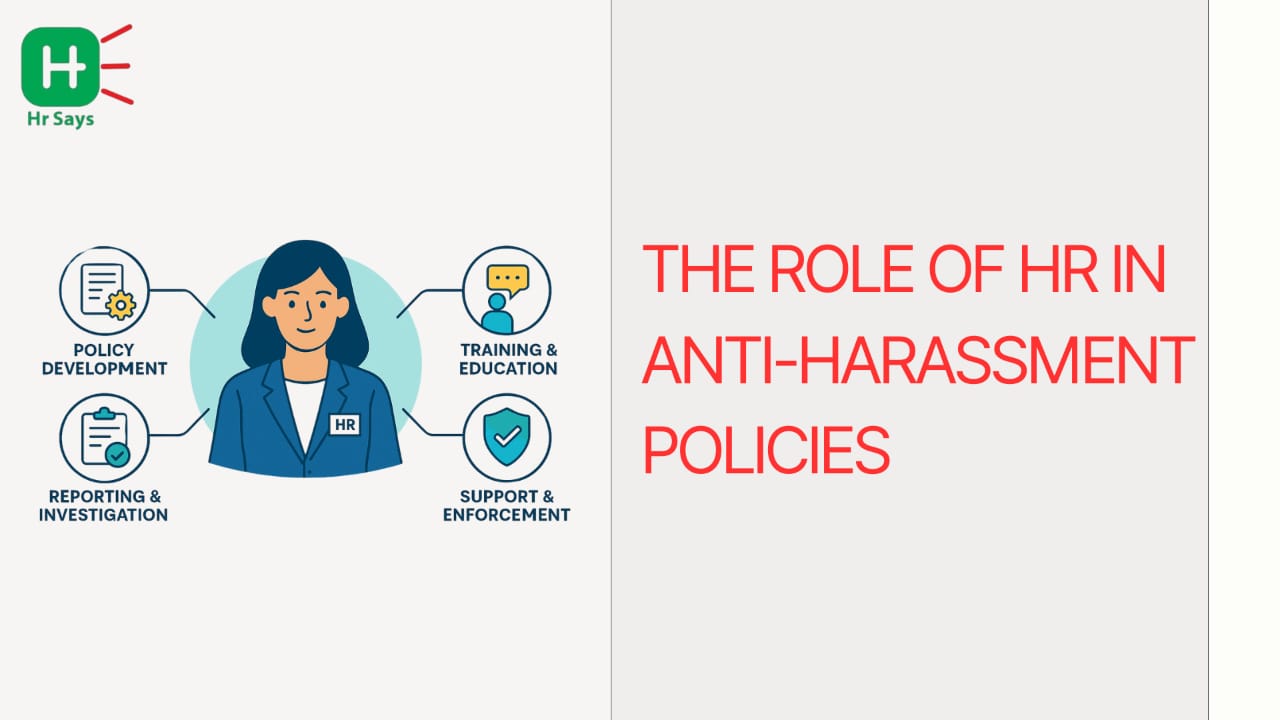What exactly can make a workplace safe? Dignity and respect is not just a matter of open spaces or high salaries. Anti-harassment policy has evolved into the foundation of healthy organizations, and HR has been the watchdog to make sure that it is not just a piece of paper.
Understanding Anti-Harassment Policies
The policies that anti-harassment are not to be stored as a document. They establish limits, defend workers, and establish trust. The idea is straightforward; to provide the space where fear can no longer exist, and justice can be served.
HR as the Policy Architect
Behind every clear policy stands HR. It is HR that translates law and ethics into practical rules. Their role starts with drafting policies that are clear, accessible, and free of vague language. The strength of such policies depends on how well HR communicates them across all levels.
Key Responsibilities of HR in Policy Creation
● Drafting policies in alignment with legal requirements
● Using straightforward language to ensure clarity
● Updating policies to reflect new challenges and workplace realities
Training and Awareness: HR as the Educator
A policy without awareness is only ink on paper. HR ensures that employees know what harassment is, how to identify it, and the process to report it. Training sessions, workshops, and onboarding materials all play a role.
Building Awareness in Practice
● Conducting regular training sessions
● Using real-life examples for better understanding
● Making reporting procedures visible and approachable
Handling Complaints: HR as the First Responder
When a complaint is raised, HR steps in. It is not just about listening but about responding with
sensitivity and neutrality. Every detail must be recorded, every party must be heard, and
confidentiality must be respected.
Ensuring Fairness in Complaint Handling
● Acknowledging complaints without delay
● Maintaining confidentiality to protect all parties
● Investigating with impartiality and structured steps
Creating a Culture of Respect
Policies work best when they live beyond the pages. HR drives initiatives that build respect into
everyday culture. Team discussions, awareness drives, and feedback channels help employees
feel that the policy is not distant but present in daily interactions.
Ways HR Shapes Culture
● Promoting zero tolerance for misconduct
● Encouraging respectful communication
● Recognizing positive behavior within teams
Conclusion
The role of HR in anti-harassment policies is not limited to drafting or policing. It is about
weaving trust into the culture. From writing clear policies to training, investigating, and nurturing
respect, HR ensures that the workplace remains a safe ground where dignity is non-negotiable.

 Anti-harassment policies safeguard dignity at work, and HR ensures their true impact. By drafting, training, investigating, and shaping culture, HR creates workplaces where fairness is protected and respect is practiced every day.
Anti-harassment policies safeguard dignity at work, and HR ensures their true impact. By drafting, training, investigating, and shaping culture, HR creates workplaces where fairness is protected and respect is practiced every day.












.jpeg)
.jpeg)

.jpeg)

.jpeg)


.jpeg)

.jpeg)

.jpeg)


